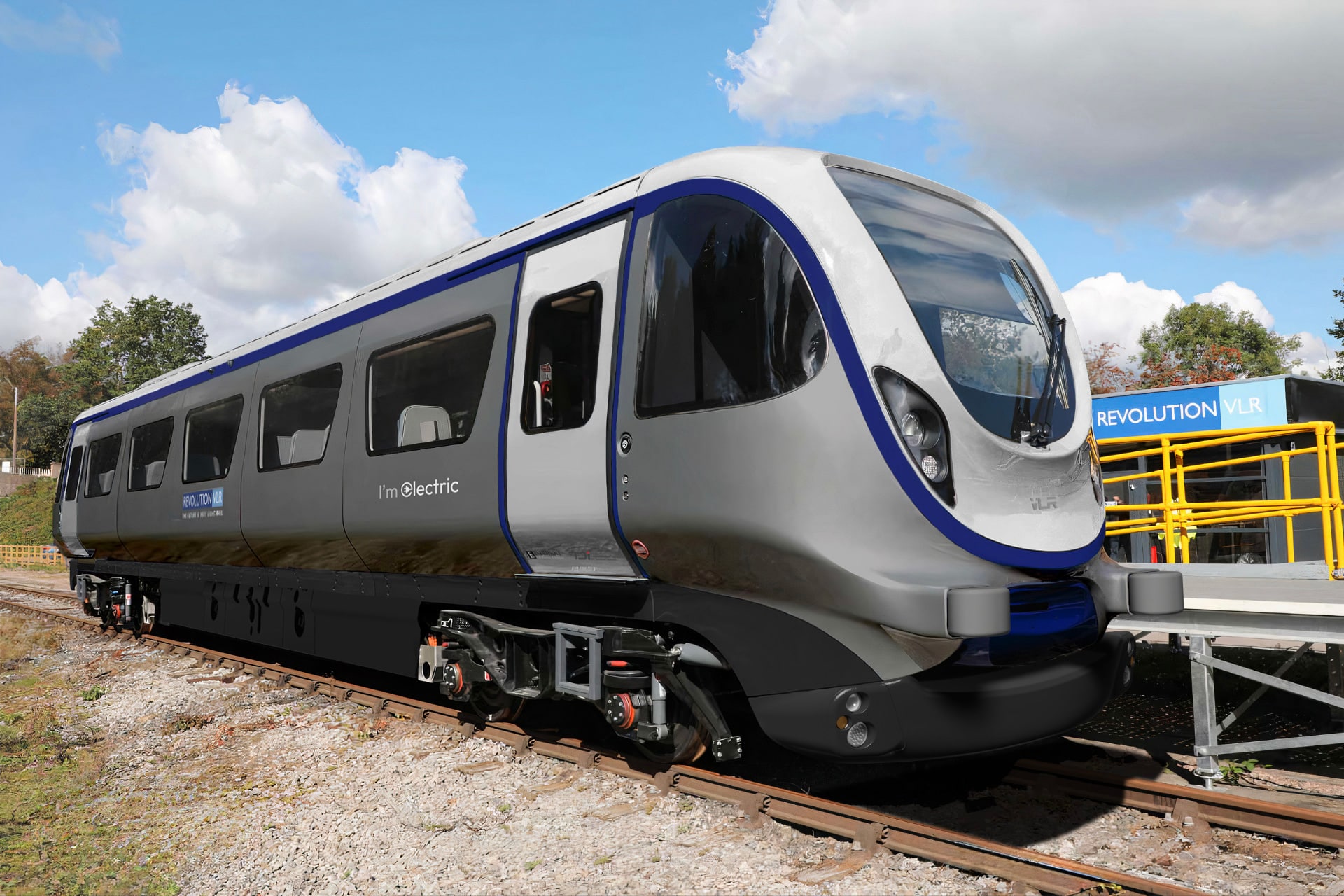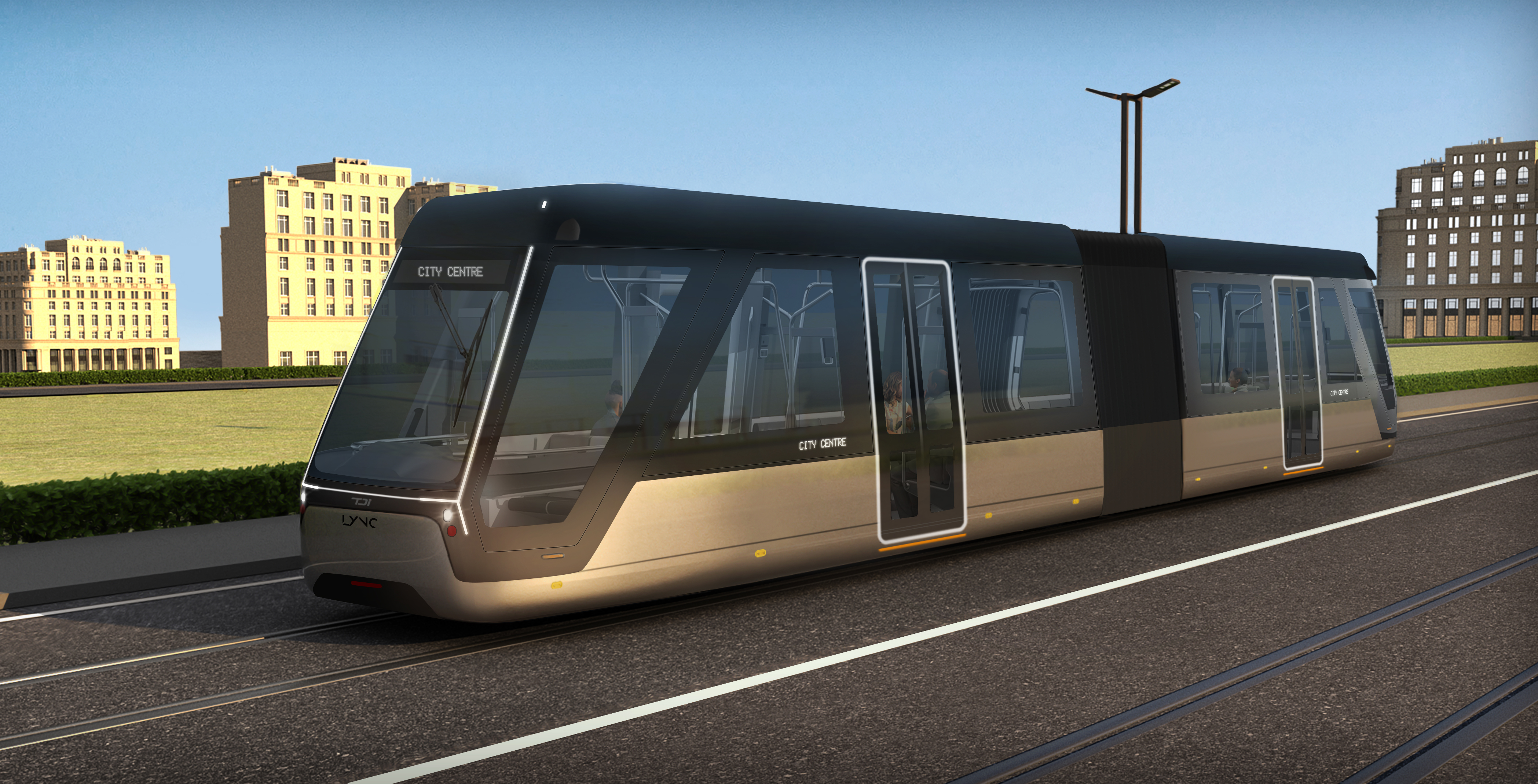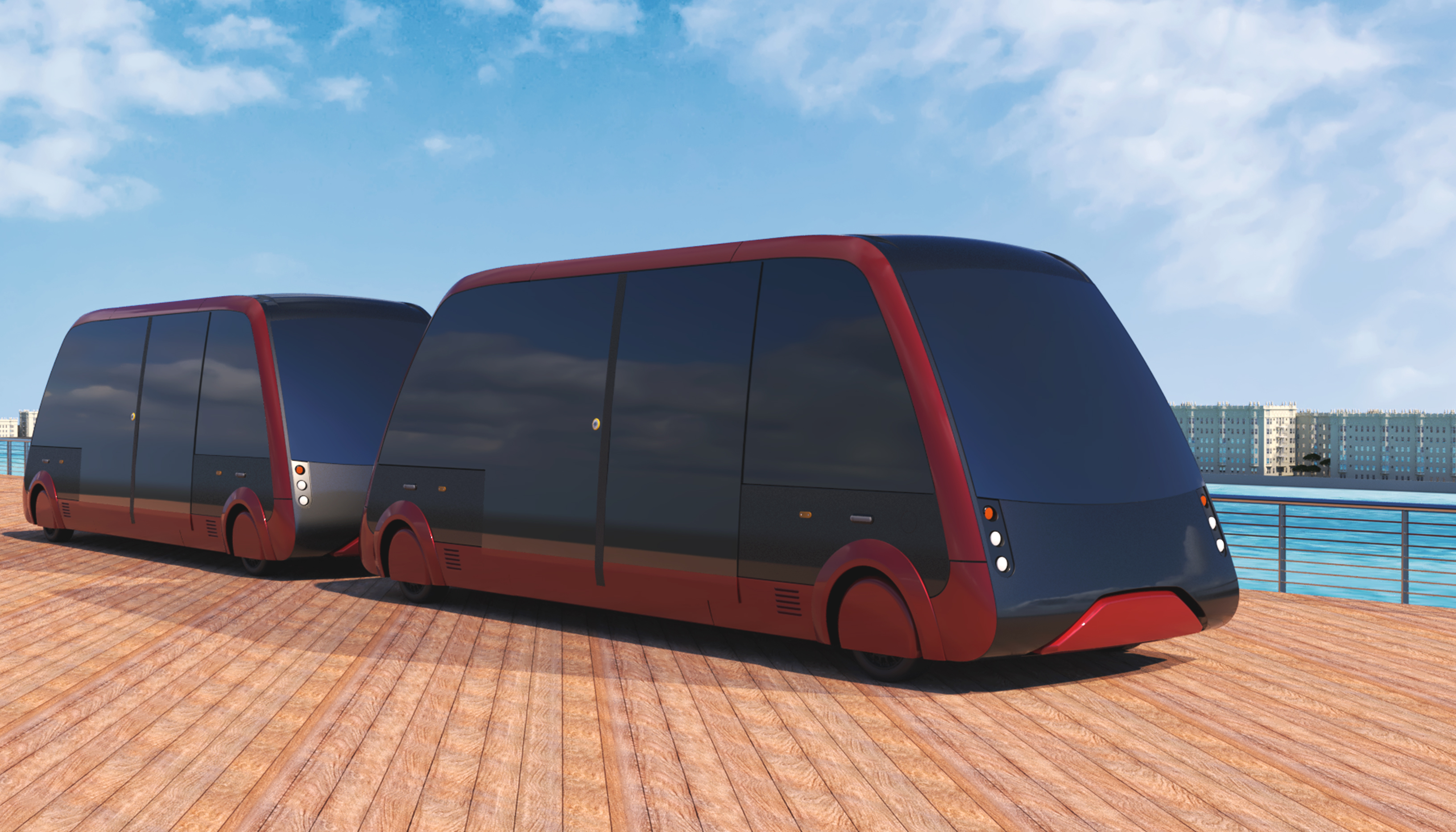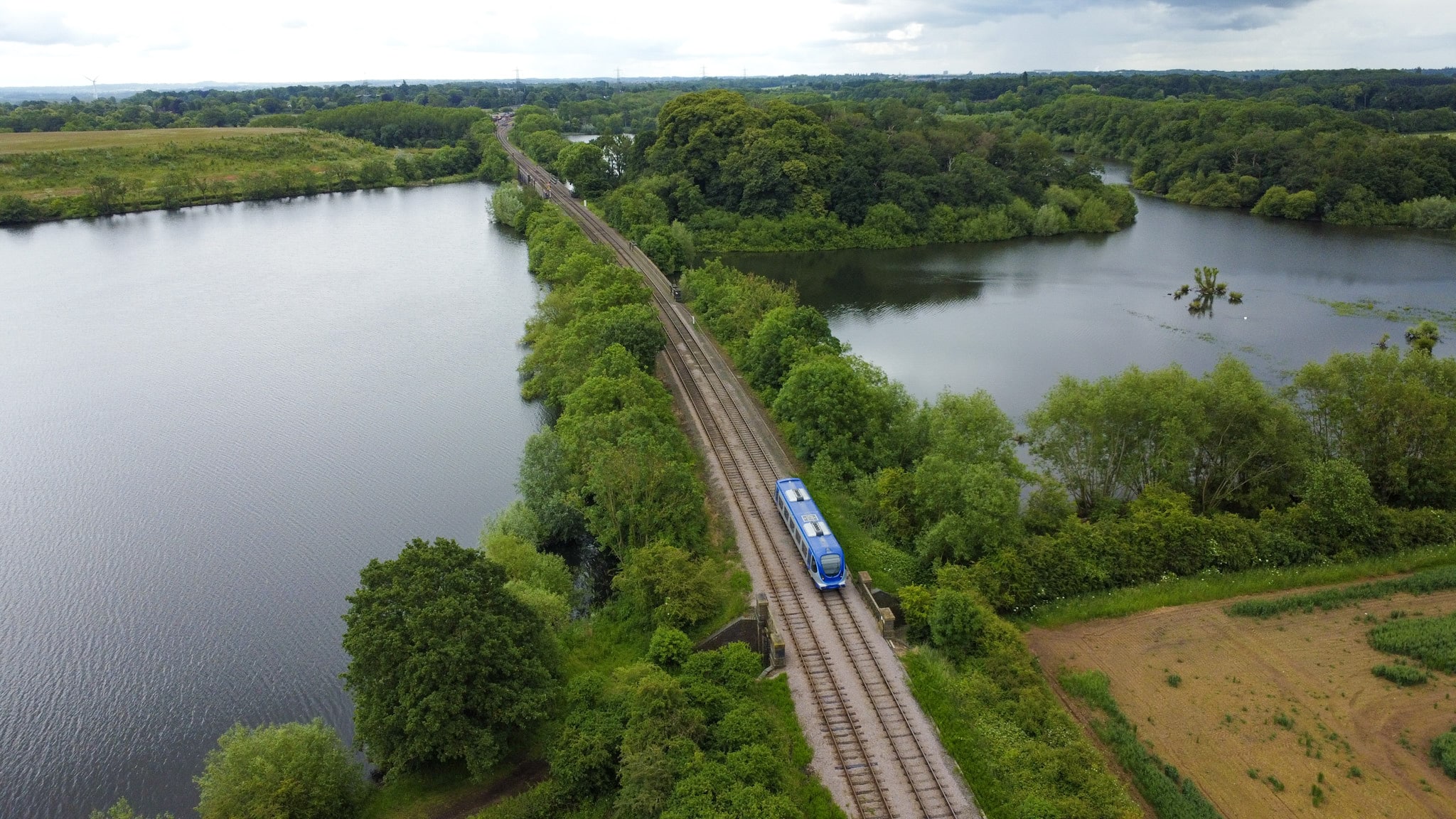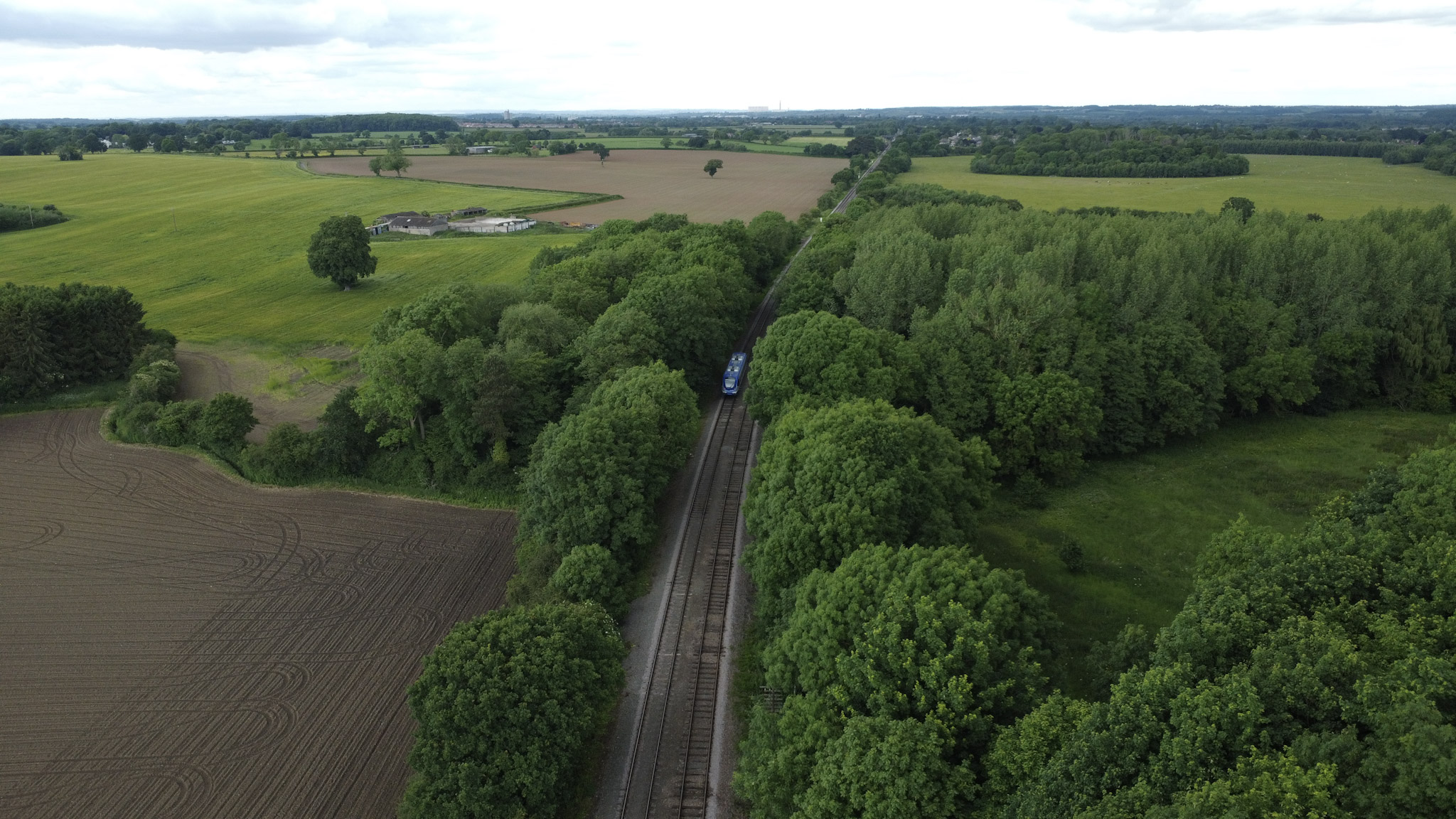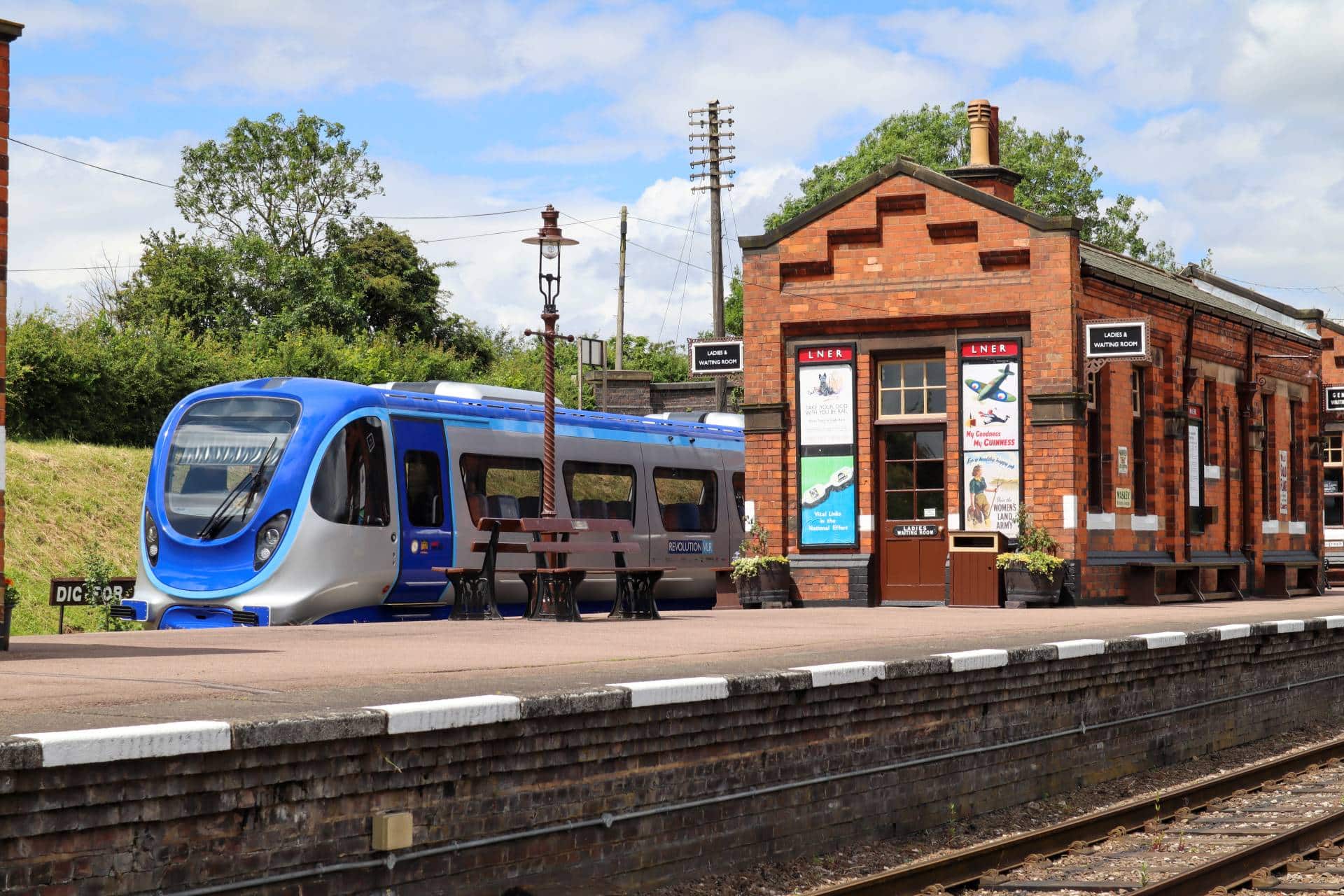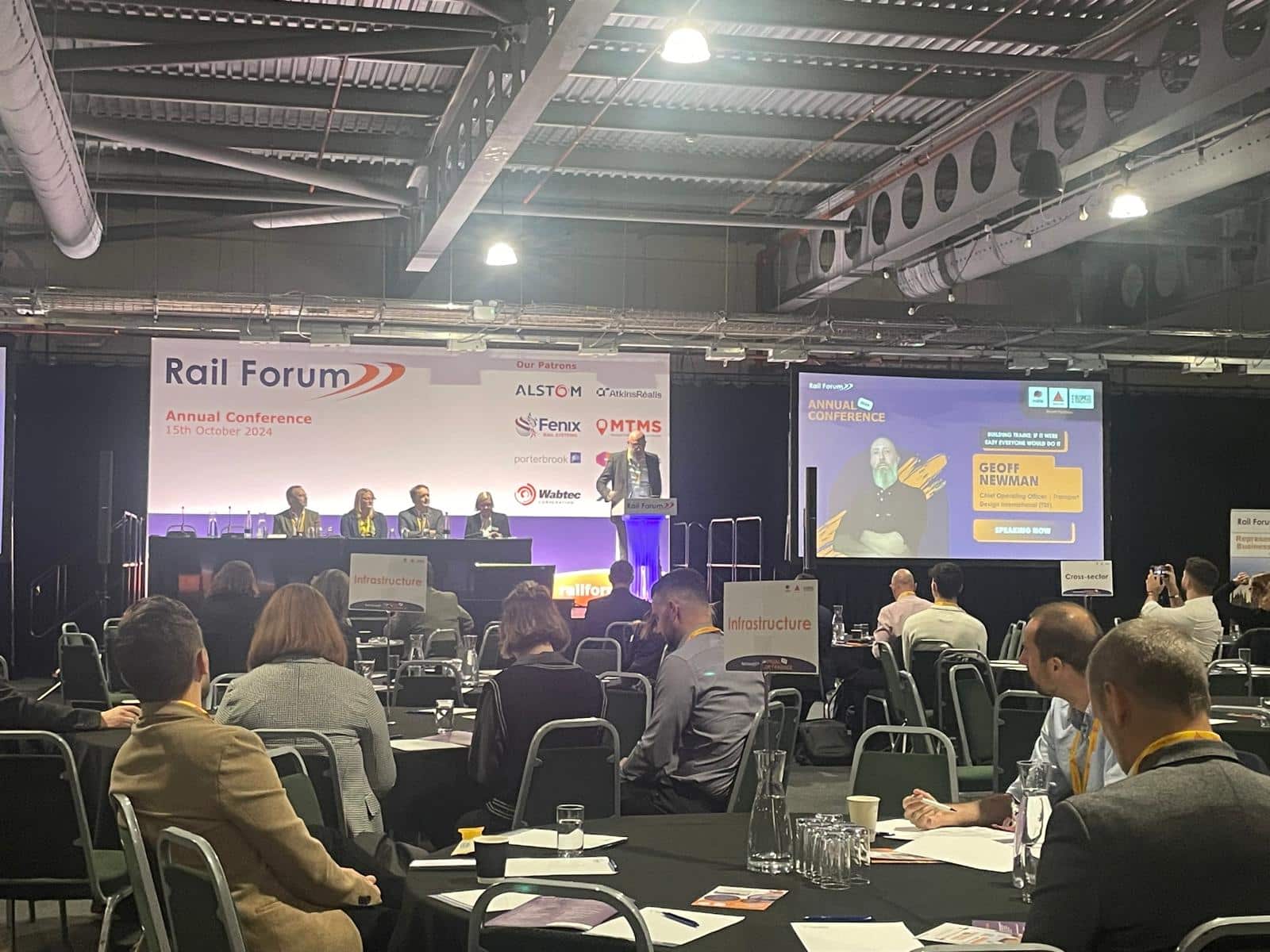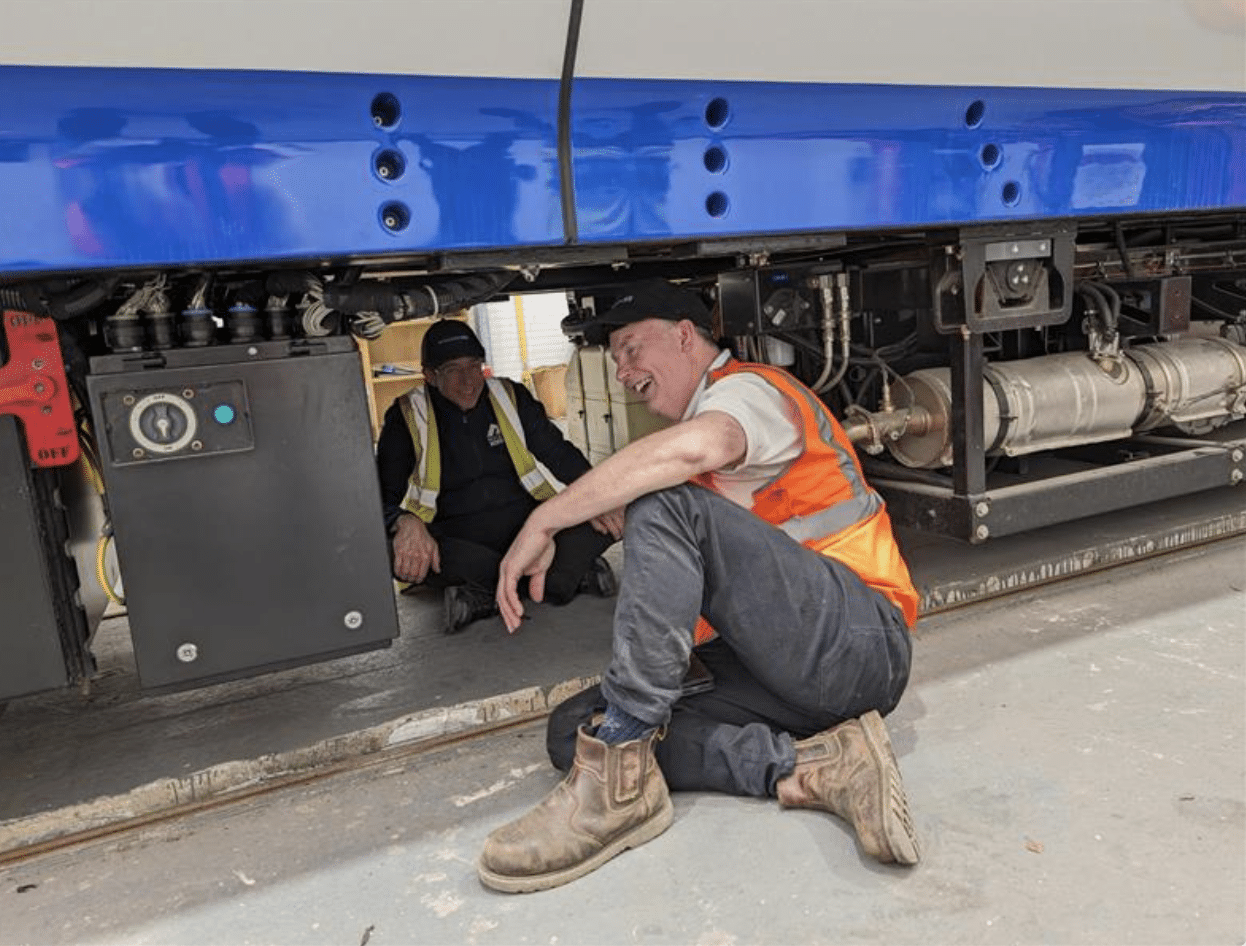Note: This article is reprinted with permission from Floww.io
As global urbanisation escalates, so do environmental concerns. To keep up with the needs of growing populations, there is a need for more affordable, sustainable and economically viable mass transit systems. Globally, governments are expressing increasing interest in the transport sector and the technologies that are emerging within it. Very light rail (VLR) technology is at the forefront of this trend. VLR offers a promising solution to current obstacles on the road to a greener society, such as mitigating congestion, reducing carbon emissions, and enhancing accessibility [1]. TDI Greenway aims to facilitate the seamless connection of communities in a safe and environmentally friendly way, offering consumers a greener choice of transport for the future [1].
Industry overview and challenges
Sustainable transportation requires the ability to support society’s mobility needs while minimising its environmental impact. It also brings into focus the need to protect the mobility needs of future generations [2]. As populations continue to grow, the demand for increased urban fringe connectivity and last-mile rail solutions has resulted in growing pressure on governments to update and enhance mass transport solutions. This is especially important for preventing the phenomenon of urban heat islands, where urbanised areas experience increases in temperatures [3]. Sustainable transportation is essential to the survival of local communities and the continuation of economic growth. Transport must be both cost-effective and capable of adapting to changing demands [2].
The UN reports that as of 2021, the transport sector was responsible for approximately one-quarter of greenhouse gas emissions, while 95% of the world’s transport energy still came from fossil fuels. In addition, the transport sector was responsible for 57% of the global oil demand, 28% of total energy consumption [4], 32% of nitrogen oxides (NOx) emissions and 14% of particulate matter (PM) emissions [5]. These pollutants significantly harm both our health and that of the environment.
In response to this environmental challenge, the UK government has committed to achieving net-zero emissions by 2050 [6]. Furthermore, rail authorities in the UK, EU [7] and North America have also committed to delivering a net-zero rail network in the same timeframe [8]. As part of this initiative, the UK aims to remove all diesel-only passenger and freight trains from its network by 2040 [9]. Existing diesel fleets in the rail sector will need to be replaced with electric vehicles [6]. However, the costs associated with reinstating existing routes on the rail network to improve regional and local connectivity are prohibitively expensive. A significant portion of the cost of decarbonisation initiatives in the rail industry comes from upgrading and maintaining existing infrastructure. In the UK, Network Rail spends £7bn annually on the materials needed to maintain and build railway systems [10].
Revolutionising the transport sector to meet both government targets and the needs of growing populations around the world will require the implementation of emerging inventions powered by renewable energy [11]. In recent years, there has been a shift in the transport landscape surrounding light rail and VLR. This transformation, driven by advancements in technology and infrastructure, has been particularly influenced by the significant cost savings offered by VLR projects. TDI Greenway is ideally positioned to deliver mass transit rail projects that support government targets to achieve decarbonisation, while offering affordable, green transport solutions to consumers.
Introducing TDI Greenway
TDI Greenway aims to deliver more affordable mass transit systems for local and national governments to further net-zero emissions targets. Ultimately, the company plans to offer green transport options to commuters.
The company strives to be the market leader in VLR technology with lightweight vehicle solutions that are quicker, easier and more cost effective to deploy than alternative heavy-rail solutions. TDI Greenway states it has a market-ready VLR solution with the Revolution VLR, its award-winning, first-of-its-kind vehicle designed and manufactured in the UK.
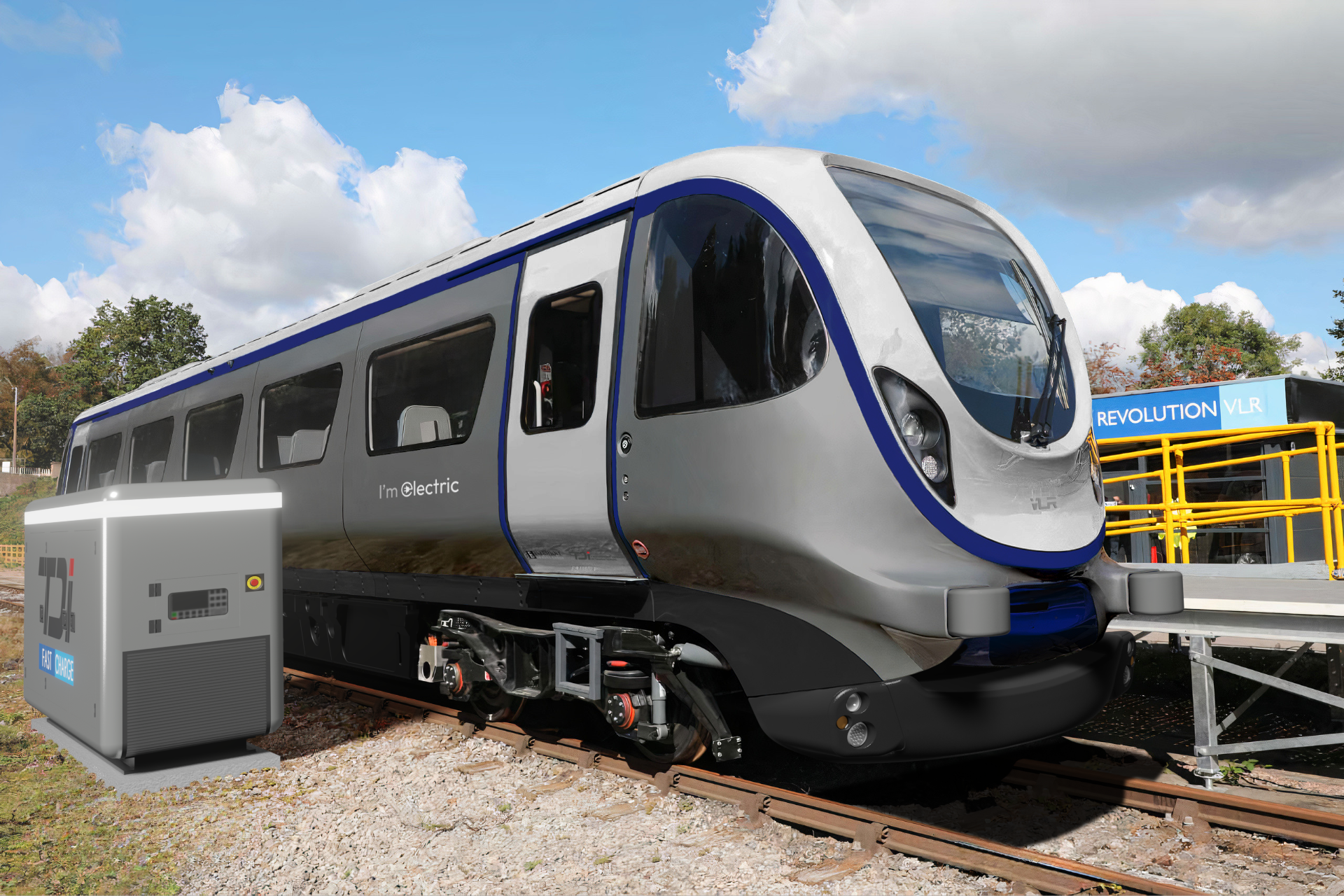
What does TDI Greenway do?
The company develops VLR solutions that run on battery-only propulsion with the aim of delivering sustainable mass transit systems for net-zero operation. According to TDI Greenway, its vehicles run on cheaper infrastructure than heavy rail systems, offering significant cost savings across transport projects. TDI Greenway’s vehicle fleet includes the Revolution VLR, Lync VLR and Orbit.
The Revolution VLR is a bi-directional vehicle with a composite bodyshell made from recycled carbon fibre. It facilitates the low-cost connectivity of regional and rural areas. A range of power units for the Revolution VLR are in development, including electric battery-only, fast charging propulsion systems which run without the need for costly catenary pantograph systems. Lync VLR is a bi-directional light urban transit vehicle designed to connect outlying communities with city centres and main transport hubs. The Orbit is a unidirectional very light urban transit vehicle designed for city centres, airports, park-and-ride applications, and last-mile transport solutions.
TDI Greenway’s VLR solutions are underpinned by a focus on cost savings across the vehicle build and supporting infrastructure, and the company claims to offer a more affordable maintenance and operational solution compared to traditional heavy rail systems. By using lightweight vehicles, the cost of the infrastructure on which its proprietary vehicles operate is reduced by up to 60%, the company asserts.
Lighter vehicles use less power, which makes it easier to deploy battery-powered solutions. The company’s Battery-as-a-Service (BaaS) model is designed to reduce upfront costs and enable the widespread adoption of new vehicle technologies. This approach aims to minimise financial barriers into the market and allow for the broader implementation of advanced systems.
TDI Greenway’s modular design approach is said to enable rapid vehicle build and deployment, ensuring that systems can be implemented quickly and efficiently. The company reports that the modular construction of each vehicle also supports cost-effective maintenance across the lifespan of the fleet.
The next steps
The company has chosen to use Floww’s innovative infrastructure to facilitate its funding efforts as it pursues its future goals. In 2024/25, TDI Greenway aims to expand its manufacturing team and further develop its vehicle platforms, BaaS technology and UK deployment model. It also plans to expand its international sales network and continue to develop its rail ecosystem to deliver a complete turnkey transport solution.
As a reflection of the company’s mission to deliver advanced solutions that meet the needs of the industry, TDI Greenway has partnered with Eversholt Rail, a leading UK rolling stock operator, for its market-ready Revolution VLR vehicle. It plans to undertake passenger trials in the UK from 2026 with the aim of solidifying Revolution VLR as the next generation of passenger trains.
As interest in VLR grows in the UK and internationally, TDI Greenway is focused on driving innovation in this emerging gap within the transport sector, while supporting UK manufacturing on a global scale. With plans for future projects and collaborations in the pipeline, the company reports that it is dedicated to driving positive change in the rail industry and beyond [1].
*Floww Markets Limited is a company authorised and regulated by the Financial Conduct Authority (FCA). Firm reference number 980098.
The information and imagery contained within this article does not represent the opinions of Floww. Floww does not have a view on opinions provided by TDI Innovations Ltd in this article and elsewhere where they may be expressed, and is not responsible or liable for the information within this article.
Sources:
- https://transportdesigninternational.com/very-light-talks-1-unveiling-insights-about-vlr-in-the-international-market-with-sam-sharp/
- https://transportgeography.org/contents/chapter4/transportation-sustainability-decarbonization/
- https://www.epa.gov/heatislands
- https://www.un.org/sites/un2.un.org/files/media_gstc/FACT_SHEET_Climate_Change.pdf
- https://www.gov.uk/government/statistics/transport-and-environment-statistics-2023/transport-and-environment-statistics-2023
- https://commonslibrary.parliament.uk/research-briefings/cbp-9888/
- https://blogs.worldbank.org/en/transport/climate-action-how-can-eu-countries-unlock-potential-railways#
- https://www.cn.ca/en/news/2024/07/cn-announces-net-zero-target-approved-by-science-based-targets-i
- https://lordslibrary.parliament.uk/strategies-to-address-issues-in-the-transport-system/
- https://resiliencefirst.org/news/what-are-decarbonisation-opportunities-rail-sector-and-how-can-technology-help
- https://www.nationalgrid.com/stories/journey-to-net-zero-stories/future-transport-driving-change-next-10-years
